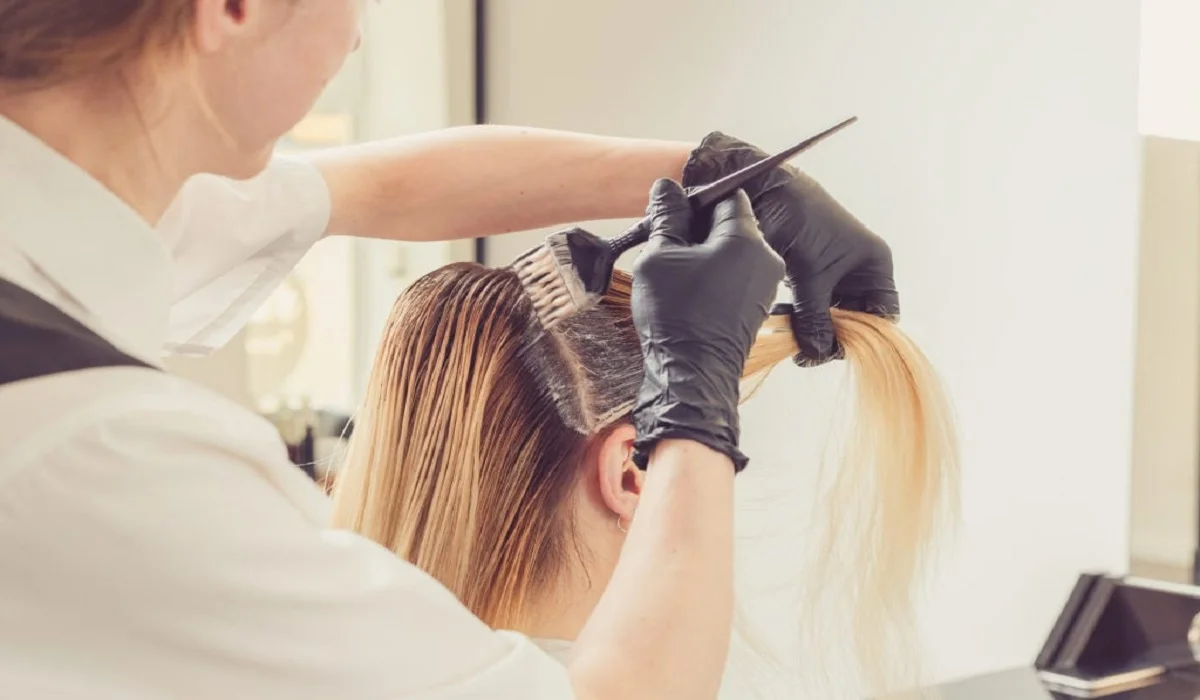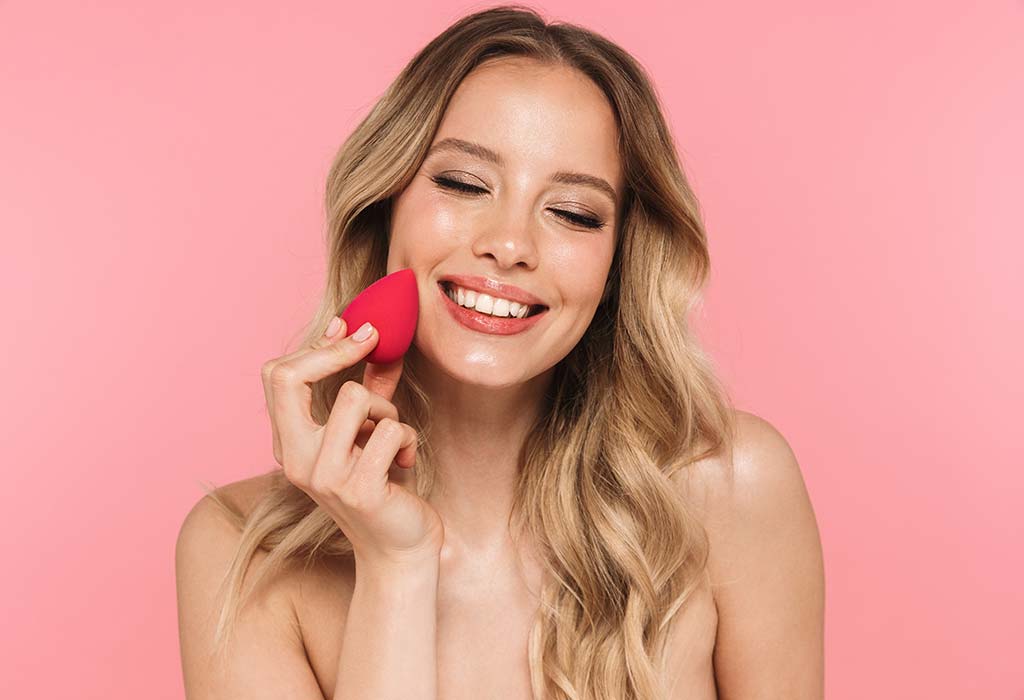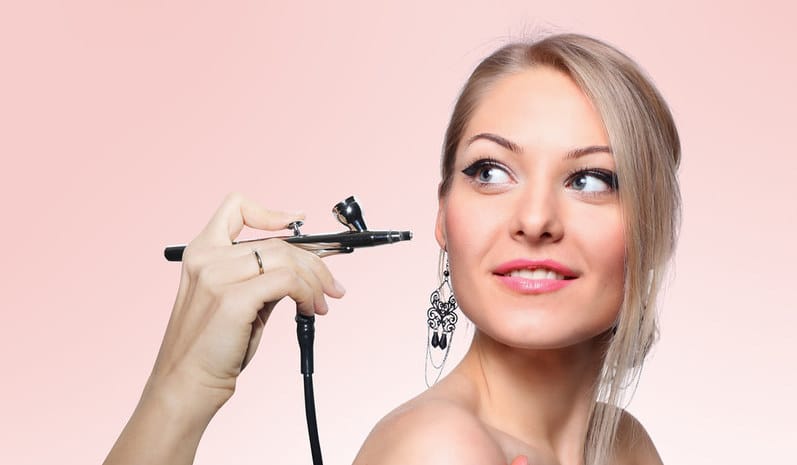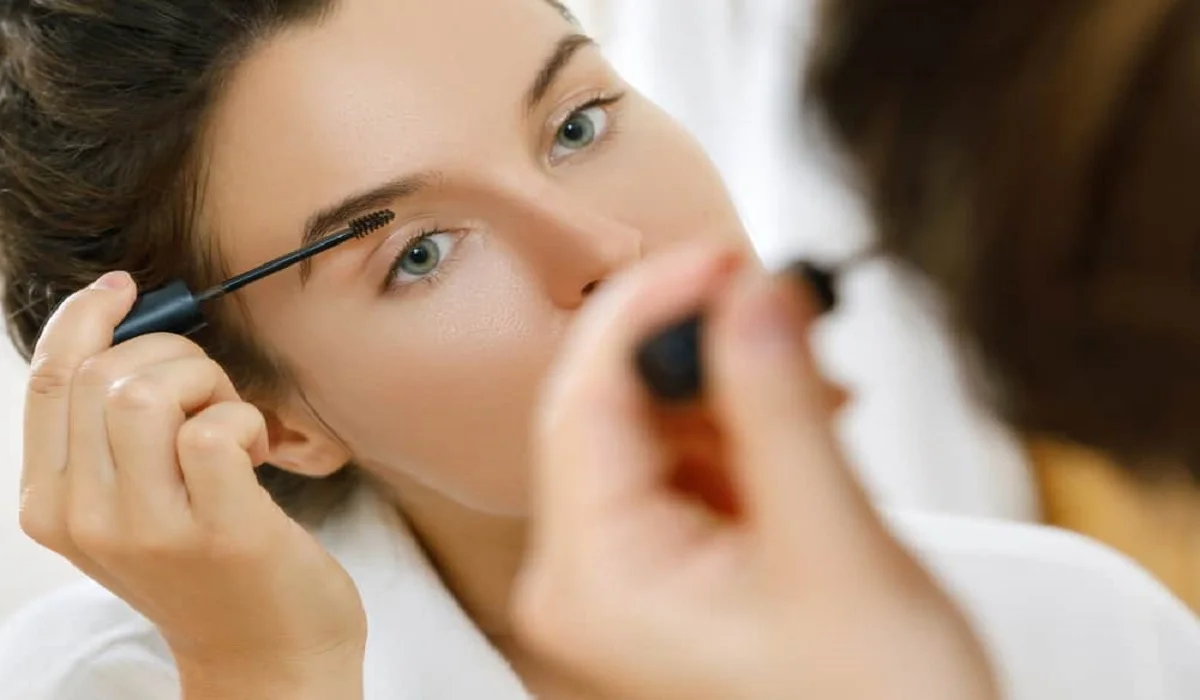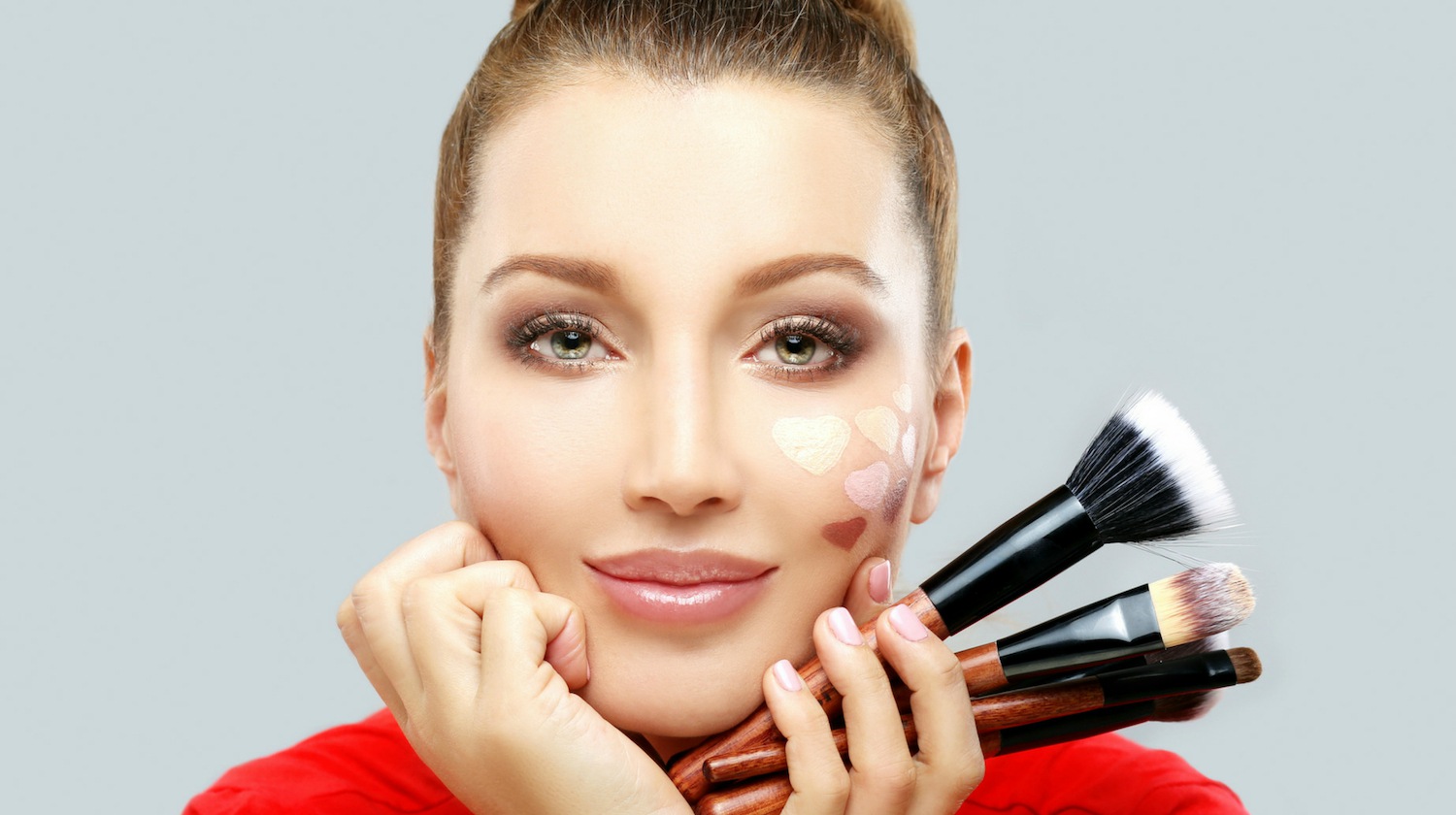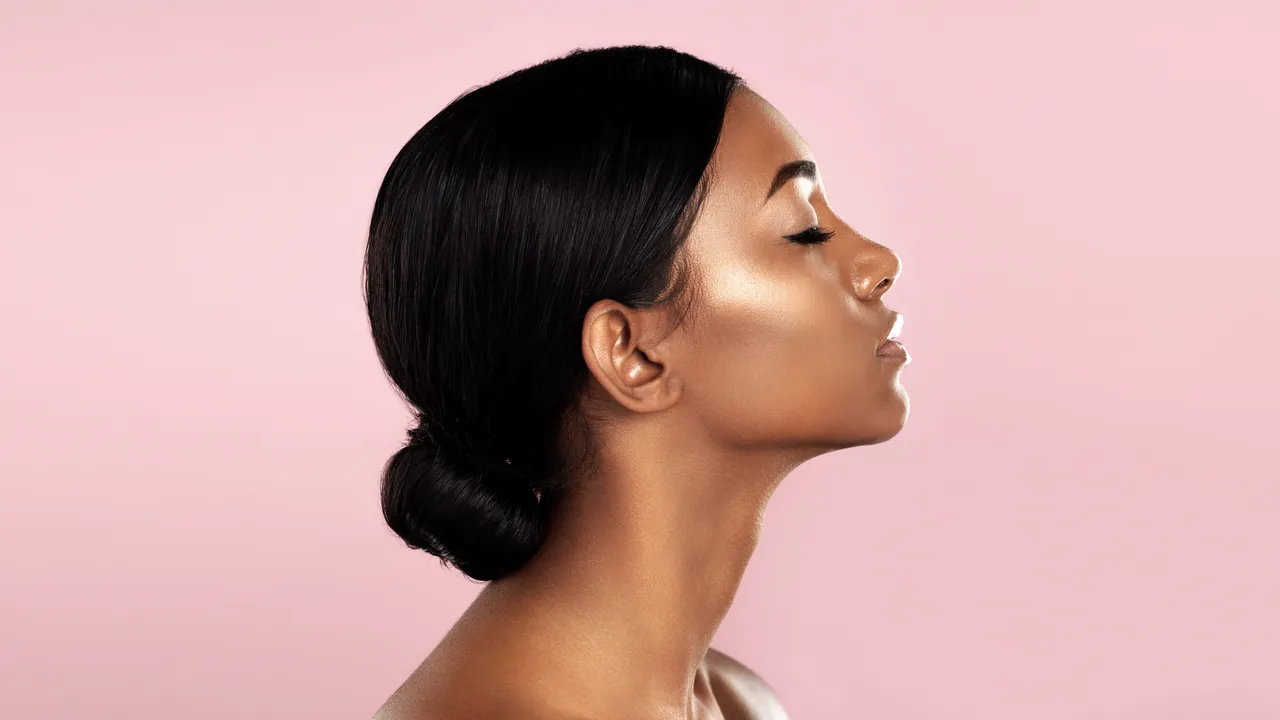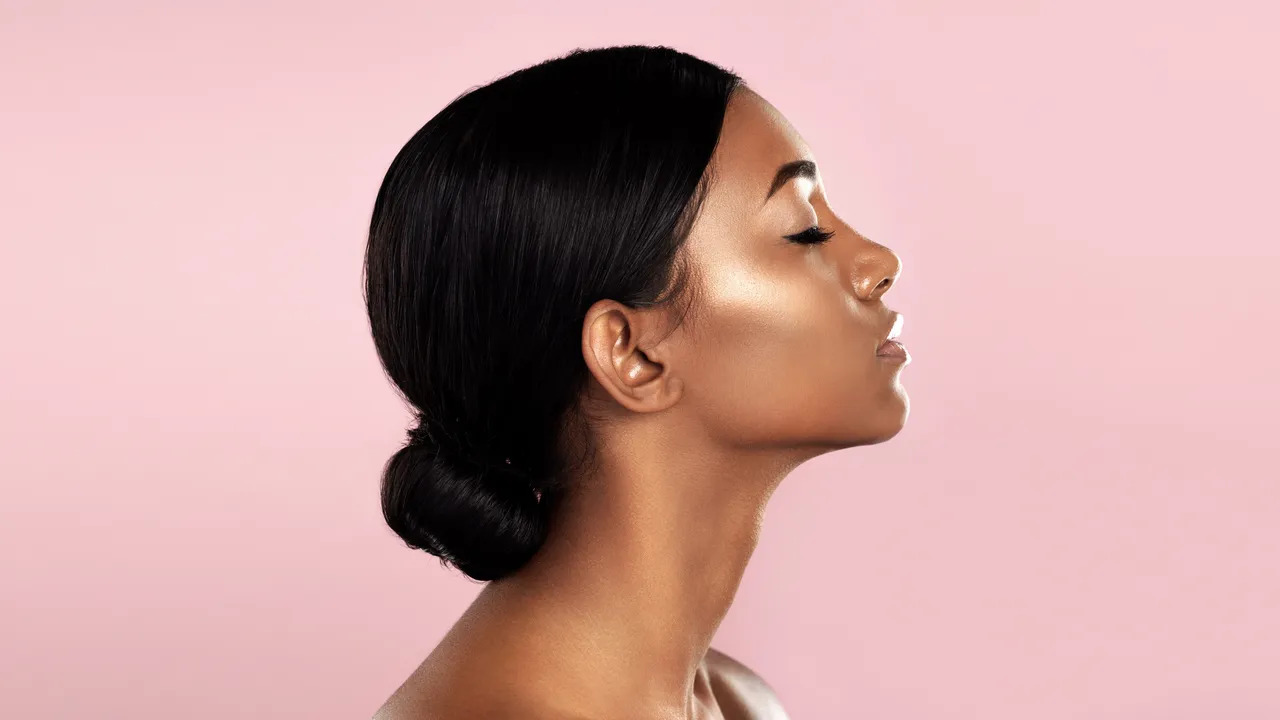
Micellar water has become a popular skincare product in recent years, and for good reason. This gentle and effective cleansing solution is perfect for removing dirt, oil, and makeup without the need for harsh chemicals or excessive rubbing. In this article, we will explore the benefits of using micellar water and why it has become a must-have in many people’s skincare routines.
What is Micellar Water?
Micellar water is a gentle and effective cleansing solution that is made up of tiny micelles, which are clusters of fatty acid esters. These micelles are attracted to dirt, oil, and makeup, and can easily lift and remove them from the skin’s surface. The solution is usually water-based, making it suitable for all skin types, including sensitive skin.
Benefits of Using Micellar Water
Cleanses the Skin
Micellar water is a great way to cleanse your skin, as it can remove dirt, oil, and makeup without the need for harsh chemicals or excessive rubbing. The micelles in the solution act like magnets, attracting and lifting away impurities from the skin’s surface. This gentle cleansing method can help prevent irritation and breakouts, making it a great choice for those with sensitive skin.
Hydrates the Skin
Micellar water contains hydrating ingredients, such as glycerin and panthenol, which can help to moisturize and soothe the skin. Unlike traditional cleansers, which can strip the skin of its natural oils, micellar water can help to maintain the skin’s moisture balance, leaving it feeling soft and supple.
Helps to Remove Makeup
Micellar water is an effective way to remove makeup, as the micelles can easily lift away even waterproof mascara and long-wearing foundation. This gentle cleansing method can help to prevent damage to the delicate skin around the eyes and can reduce the risk of irritation or redness.
Can be Used as a Toner
Micellar water can also act as a toner, helping to balance the skin’s pH levels and prepare it for further skincare products. This is because the solution is water-based and does not contain any alcohol, which can be drying and irritating to the skin. Using micellar water as a toner can help to leave your skin feeling clean, refreshed, and balanced.
Convenient to Use
Micellar water is incredibly easy to use, making it a convenient addition to any skincare routine. Simply soak a cotton pad in the solution and gently wipe it over your face to remove dirt, oil, and makeup. There is no need for rinsing, which can be especially helpful when you are on-the-go or traveling.
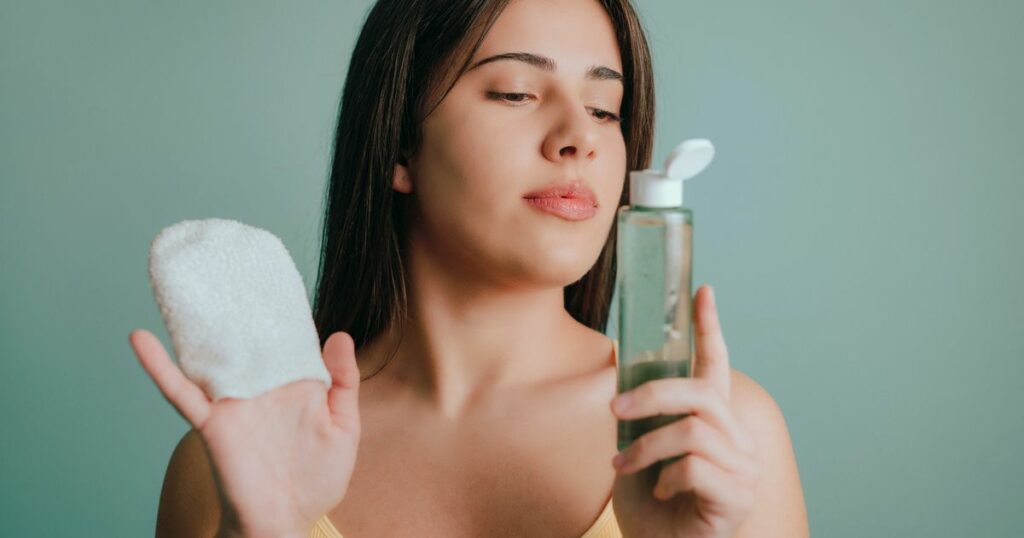
How to Use Micellar Water
Using micellar water is incredibly easy. Here’s how to do it:
Start by choosing a micellar water that is suited to your skin type.
Soak a cotton pad in the solution and gently wipe it over your face, taking care to avoid the delicate skin around your eyes.
Repeat until all dirt, oil, and makeup have been removed.
There is no need to rinse, but if you prefer, you can follow up with a gentle cleanser or toner.
Use micellar water in the morning and evening as part of your regular skincare routine.
Micellar water is a gentle and effective way to cleanse your skin, remove makeup, and maintain your skin’s moisture balance. It is suitable for all skin types, including sensitive skin, and can be used as a toner to prepare your skin for further skincare products. Using micellar water is incredibly easy and convenient, making it a must-have in many people’s skincare routines. So, if you’re looking for a gentle and effective way to keep your skin clean and hydrated, give micellar water a try.
While micellar water can be a great addition to your skincare routine, it is important to note that it should not be used as a substitute for a proper cleanse. If you have been wearing heavy makeup or have been exposed to pollution or other environmental factors, it is recommended that you follow up with a gentle cleanser or exfoliant to ensure that all impurities have been removed from your skin.
When choosing a micellar water, it is important to look for one that is suited to your skin type. If you have oily skin, look for a formula that contains salicylic acid or other oil-absorbing ingredients. If you have dry or sensitive skin, look for a formula that contains hydrating ingredients, such as glycerin or aloe vera.
In addition to being gentle and effective, micellar water is also a more environmentally-friendly option than traditional cleansers. Unlike foaming cleansers, which can contain harsh detergents and can be difficult to rinse off, micellar water does not require any water to use. This means that it is less wasteful and can be a great option for those who are looking to reduce their environmental impact.
In conclusion, micellar water is a gentle and effective way to cleanse your skin, remove makeup, and maintain your skin’s moisture balance. It is suitable for all skin types, easy to use, and can be a more environmentally-friendly option than traditional cleansers. If you’re looking for a gentle and effective way to keep your skin clean and hydrated, give micellar water a try.

